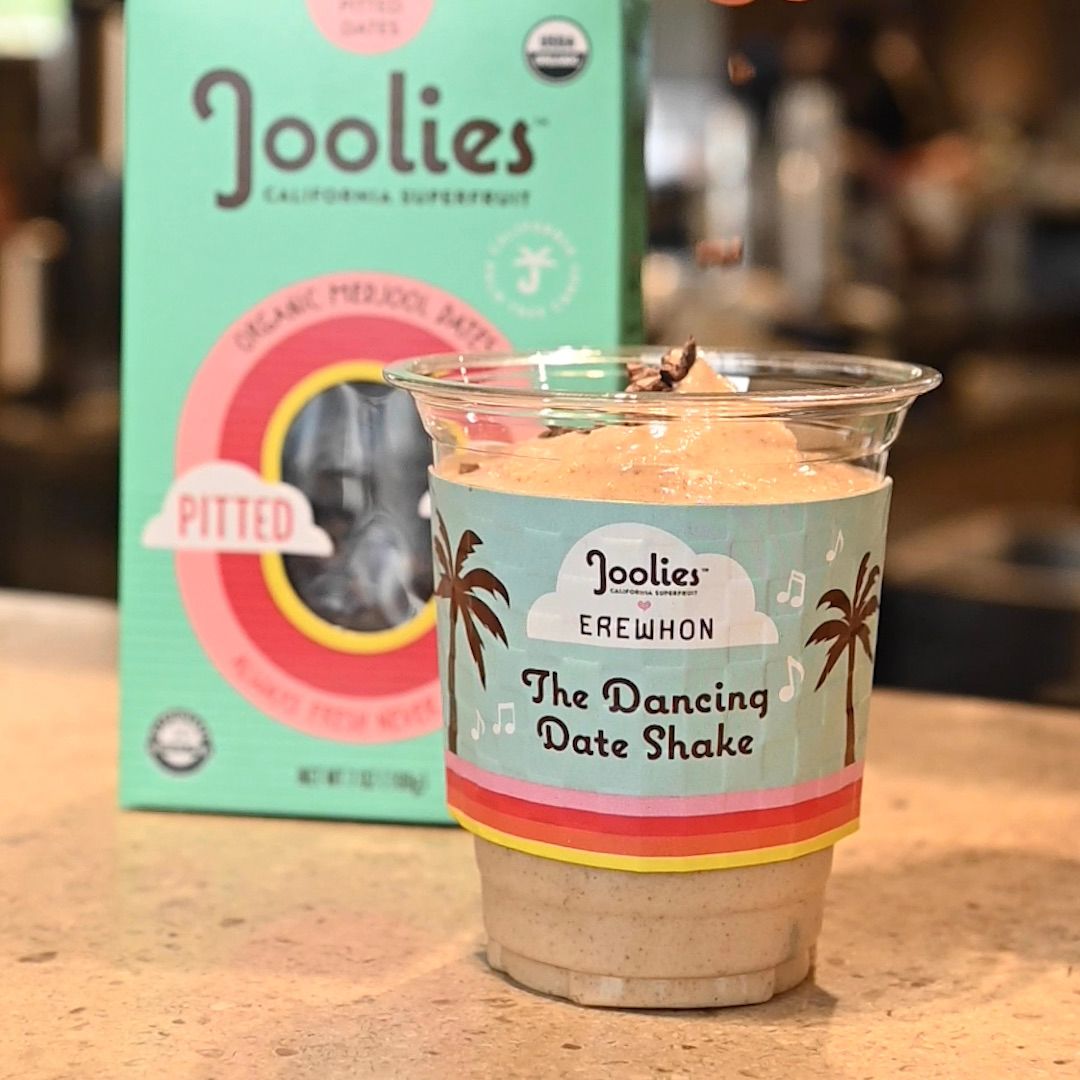First step, sunscreen. It’s an essential step in any skin routine and truly the most powerful miracle cream there is, not to mention critical protection against skin cancer.
With the variety of choices for sunscreens and after sun care, it can be pretty overwhelming to make a decision. Not to mention with
coral-bleaching chemical sunscreens
now banned in places like Australia and Hawaii, clean mineral sunscreen formulas have come into high demand. The
Environmental Working Group
has identified several toxic chemicals found in common sunscreens, causing many to look for more natural suncare options. But how do you know what to look for, or which one to choose? Not to worry! I’ve listed out the important points to know when choosing natural suncare options, along with some of my favorite products.
What You Need to Know About Natural Suncare
Chemical vs. Natural Sunscreen
Chemical sunscreens typically contain oxybenzone and other synthetic compounds that can absorb into the skin and disrupt your hormones. These chemicals absorb UV rays and react with them to release heat.
Natural sunscreens usually contain minerals, like zinc oxide or titanium dioxide, which don’t absorb into the skin, but instead act as a shield to deflect UV rays and prevent them from penetrating your skin.
Choosing A Natural Sunscreen
Be sure to read the ingredients to look out for chemicals that are considered unsafe. The
Environmental Working Group
is a great resource to check the safety profile of a sunscreen.
These are a few of my favorite natural sunscreens:
Badger Sunscreen Creams
– They use zinc oxide to block UV rays along with organic, moisturizing ingredients to soothe and protect skin.

Raw Elements Sunscreen
– A wonderful zinc oxide sunscreen that also contains moisturizing and antioxidant-rich ingredients.

Salt & Stone Sunscreen
– Moisturizing but non greasy, reef friendly, non-nano zinc oxide formula with hyaluronic acid to protect your face & body.

Spray vs. Cream Sunscreen
The benefit of a spray sunscreen is that it’s quick & easy to apply. However, it’s not recommended to use a spray sunscreen directly on the face as there is a risk of inhaling the compounds.
A lotion or cream sunscreen provides ample protection and often has added moisturizing support for the face and body. However, it can take more time to apply and rub into the skin.
Understanding SPF
SPF stands for Sun Protection Factor. It indicates how long the sunscreen will protect you from UVB rays. These are the UV rays that can damage the outer layers of skin and cause sunburn.
Most experts recommend using a sunscreen with a minimum of SPF 30. However, it’s important to remember that higher SPF doesn’t always mean it’s better. The Environmental Working Group raised concerns about sunscreens with an SPF above 60, saying that the sun protection was only marginally better and that people were more likely to use the high SPF products improperly.
What To Use After Sun Exposure
Even if you use sunscreen, it’s important to nourish and moisturize your skin after you’re out of the sun. This helps to keep skin looking and feeling healthy all summer long!
Two of my favorite after sun products are
Aloe Vera
and
Conscious Coconut Oil
. Aloe vera gel is cooling and helps to soothe irritated or sunburned skin. Coconut oil is highly moisturizing and helps to heal and protect skin cells.
While I advise my patients to wear sunblock when they’re outside, I recommend that they ALSO incorporate specific nutrients to protect their skin from damage caused by sun exposure. Prolonged sun exposure can harm skin cells as well as our DNA, contributing to wrinkles, rough skin and certain cancers.
Sunscreens provide good protection, however they cannot block out 100% of the harmful UV rays. That’s why adding sun-protecting nutrients are so important to provide support to your skin cells. Remember, these sun-protecting nutrients are not meant to replace your sunblock. They are a great addition to any sun care routine, and enhance your body’s ability to protect and repair itself from harsh UV rays. Consider incorporating these nutrients to keep your skin looking and feeling healthy all year long!
Top 5 Sun-Protecting Nutrients:
Astaxanthin
Astaxanthin is a pigment that’s naturally made by certain algae. It’s a powerful antioxidant and is known for giving salmon and shrimp their pink color. Studies have found that astaxanthin can suppress cell damage caused by UV radiation. It can also help to reduce inflammation that results from UV exposure.
Vitamin D
Vitamin D, often called the “sunshine vitamin”, is technically a hormone that our bodies naturally produce when exposed to sunlight. It is necessary for bone development and immune support. However, most sunscreens prevent our skin from making vitamin D. That’s why many people turn to supplements to help them maintain healthy vitamin D levels. More studies have been finding that vitamin D may protect against certain skin cancers.
Vitamin C
This important vitamin acts as an antioxidant, and is necessary for healthy collagen formation, immune function and skin health. Vitamin C is normally found in the dermis and epidermis of healthy skin. Aging as well as excessive exposure to UV light can decrease the levels of vitamin C in the skin. Researchers have found that vitamin C can limit damage done by sun exposure.
Omega-3 Fatty Acids
Omega-3’s are found abundantly in fish and algae. These healthy fats protect skin cells and can reduce markers of inflammation throughout the body. A clinical trial found that taking fish oil can reduce the sunburn response, as well as inflammation in skin caused by UV light.
Lycopene
Lycopene is a nutrient that gives tomatoes their red color. There have been many promising studies showing the health benefits of lycopene on the cardiovascular system, immune system, and integumentary system (a.k.a our skin!). One study found that eating tomatoes can decrease the risk of certain skin cancers caused by exposure to UV light.
For more information and recommendations, visit the Nutrition Department at any of our Erewhon locations! Our team members will be more than happy to answer your questions and help you find what you need.
*Disclaimer: This content is for educational purposes only. It is not intended to provide medical advice.
About The Author
Dr. Anjali Kasunich is a California-licensed Naturopathic Doctor, founder of Mantra Natural Medicine, and in-house health practitioner at Erewhon. She is passionate about helping people understand and heal what’s causing their symptoms, and getting them back to the basics of what they need to truly heal. When she’s not treating patients in her private practice, or supporting the wonderful team and customers at Erewhon, Dr. Anjali enjoys spending time with her husband and dog, dancing, and being in her garden.








